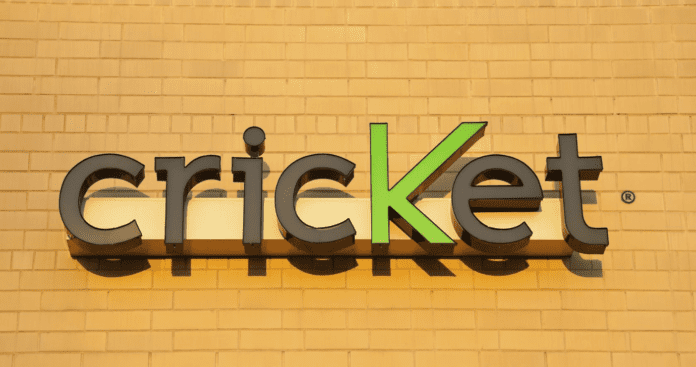Last week I had a conversation with John Dwyer, president of Cricket Wireless, about the rapidly growing and changing prepaid wireless space. There has been lots of change going on at the prepaid side of the wireless industry. Let me share with you some of what we discussed, whether prepaid or postpaid is best, and the difference between Cricket Wireless and AT&T Mobility.
Cricket is the prepaid side of AT&T Mobility. It started several years ago as Aio Wireless headed by Jennifer Van Buskirk. Next, AT&T acquired Cricket, folding Aio Wireless into Cricket. Dwyer took over at the end of last year.
Prepaid wireless is rapidly growing
Prepaid is a different segment of the wireless space and in recent years has become a rapidly growing slice of the pie. Cricket Wireless is a leader in the prepaid space, and the reason is simple: Cricket uses the AT&T Mobility wireless network, one of the best and most expansive wireless networks in the U.S. today.
Another reason is their pricing structure is simple and much less expensive than traditional postpaid and prepaid competitors. Another reason is the top-notch customer care. Cricket Wireless has been recognized as one of the best providers of customer care and support, letting it rise to the top of the prepaid segment.
Prepaid is changing and expanding
Prepaid started out as the wireless option for credit-challenged customers. Companies like TracFone led this space for a while. Back then the price was higher and the choices were fewer, but at least this customer group could get a wireless phone. Prepaid is still the best option for this customer group, but prepaid has also been growing and expanding.
Now prepaid is the best choice for a growing segment of users, including those with great credit. It’s now a viable competitive choice in today’s marketplace. Whether prepaid is the right choice, all depends on how wireless is used.
Which is best for you, prepaid or postpaid?
Wireless users are always looking for the best carrier, smartphone and deal for them. Wireless users are always asking me whether they should go prepaid or postpaid? With that said, I asked Dwyer: How does a customer choose between a prepaid service like Cricket Wireless or postpaid service like AT&T Mobility?
The answer seems simple. If a customer has basic wireless needs, meaning standalone wireless and ordinary wireless data usage, then prepaid is always a great choice. However, if a user wants to either combine their wireless usage with wireline, television, internet and more, then postpaid often makes more sense. Also, if the customer uses a large amount of wireless data, postpaid often makes more sense since they have larger data limits or even unlimited plans.
No-contract wireless a rapidly growing sector
There are a variety of reasons one makes more sense than the other. However, any way you slice it, this no-contract space continues to be one of the most rapidly growing sectors in the wireless industry today.
In fact, outside retail stores are moving rapidly into the wireless space. That means companies like GameStop, Wal-Mart, Sam’s Club, Target, Best Buy, Amazon.com, Aaron’s and Meiher are creating many new sales outlets for Cricket Wireless and AT&T Mobility.
J.D. Power, Cricket Wireless, AT&T Mobility
J.D. Power recently gave AT&T Mobility the No. 1 position in postpaid. They also gave Cricket Wireless the No. 2 position in prepaid. Only Consumer Cellular beat Cricket on the prepaid side. So AT&T Mobility and Cricket Wireless are continuing to lead this space.
Prepaid will continue to grow and change as the next few years pass. With that said, as you can see, it is a growing and important segment in today’s wireless world. More customers are choosing this as an option going forward.
I expect as the prepaid offering continues to get more attractive, it will continue to grow going forward. Today, prepaid is often the best and lowest cost option for a growing number of users. It all depends on your usage.
This conversation with Cricket’s Dwyer about the prepaid space left me even more excited about this growing sector of the wireless industry. This is yet another reason I see prepaid as being one of the real growth sectors of the wireless space.

